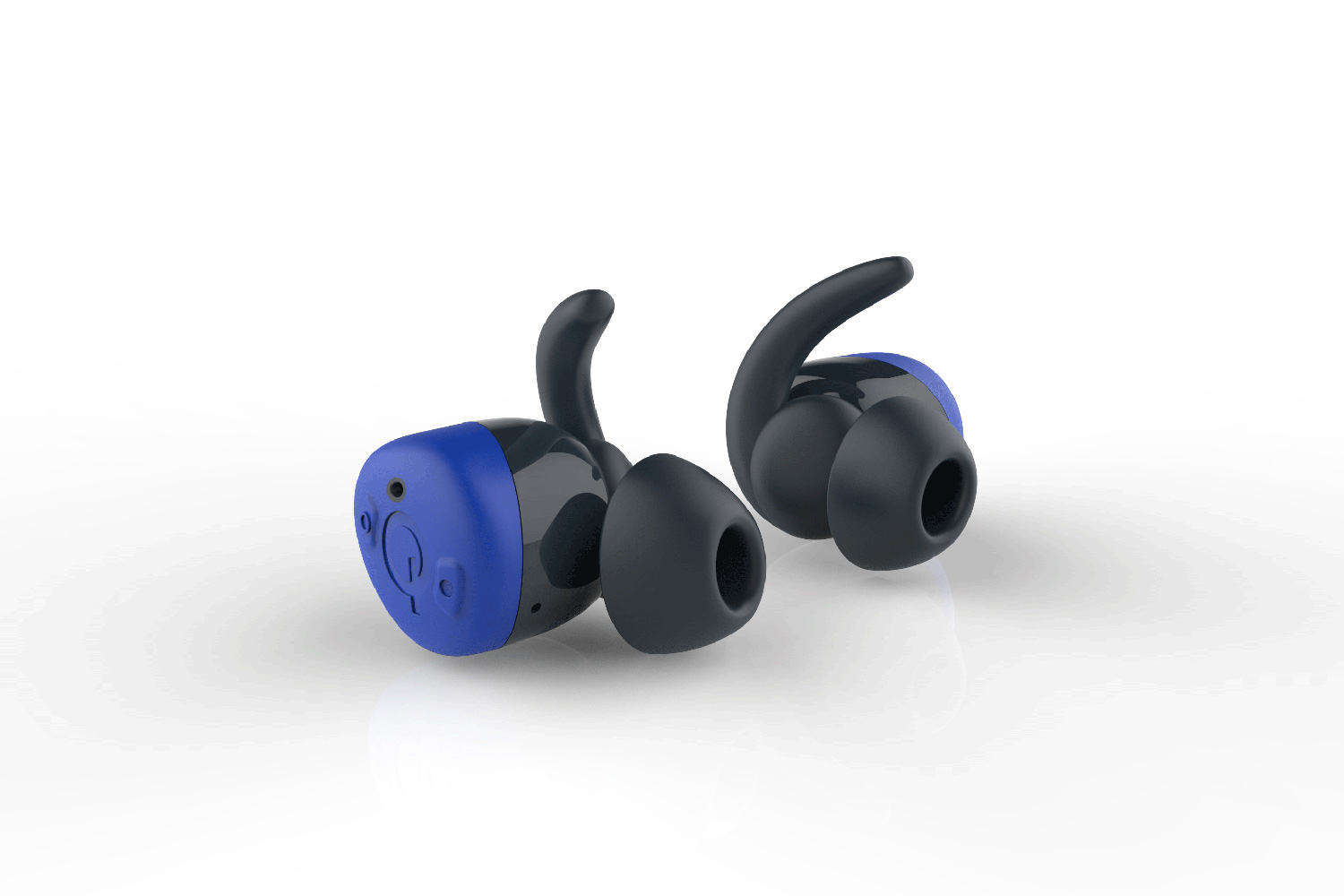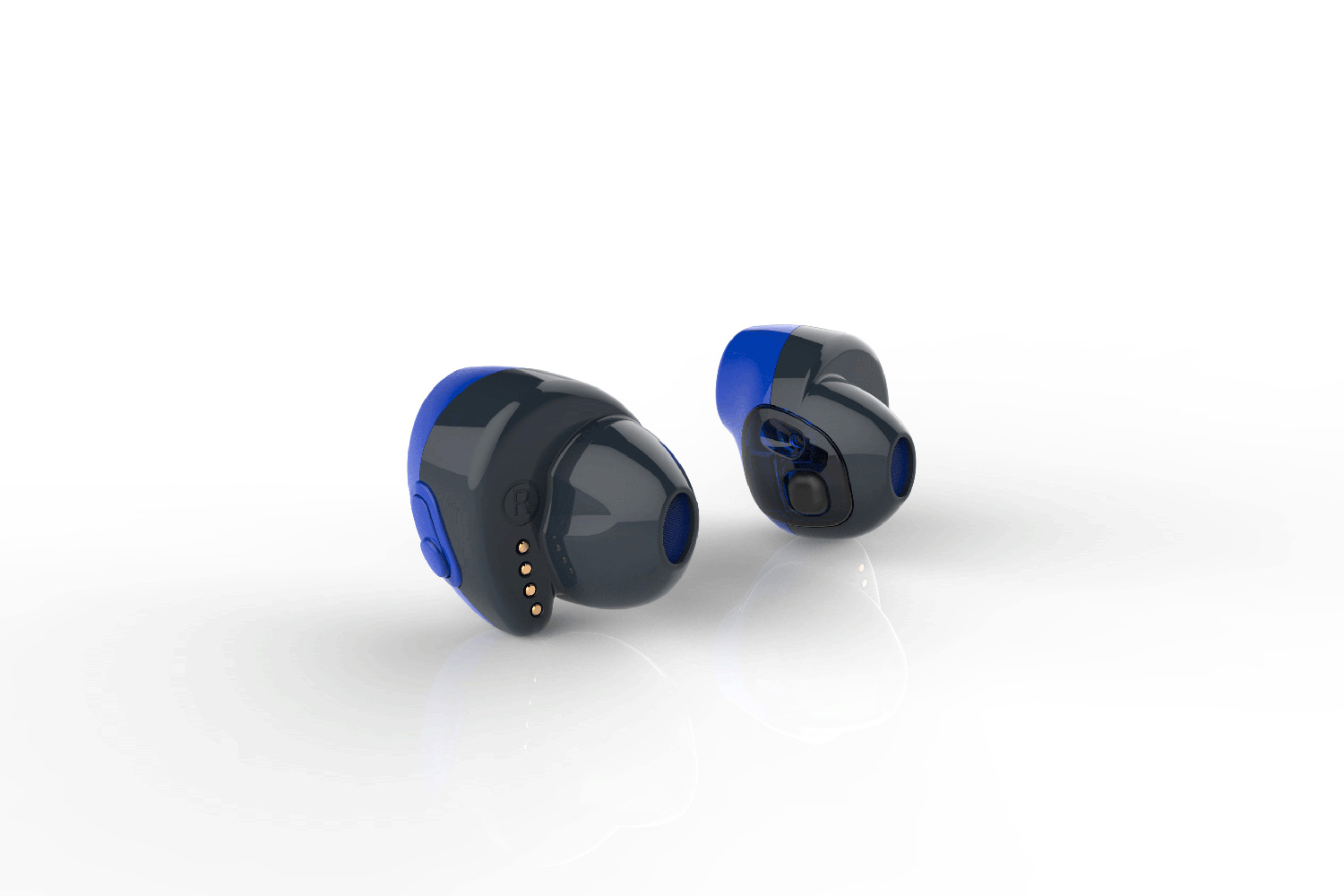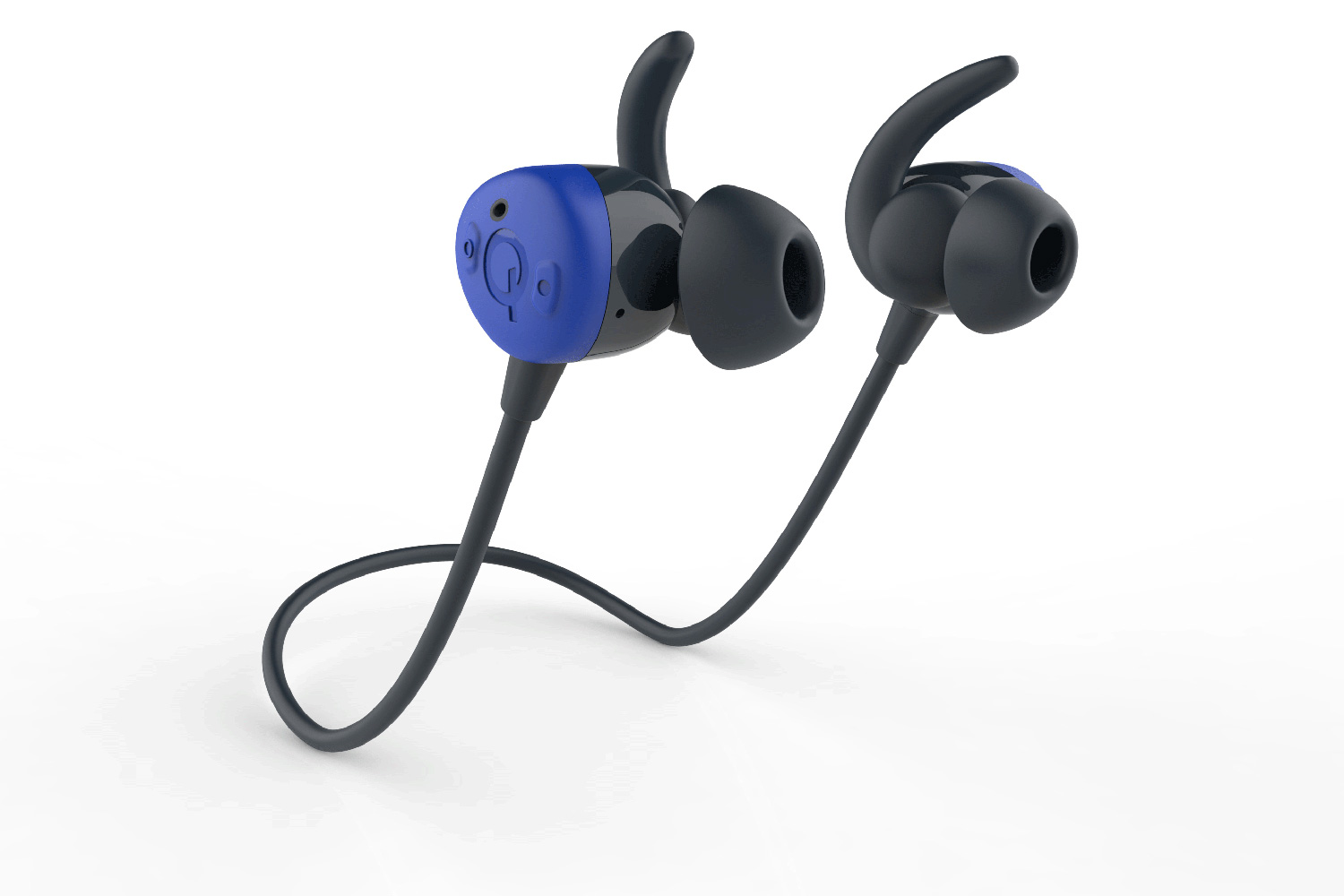Everyone knows about Bluetooth technology; it’s been around for quite some time, and we call upon it to do a great deal of things, from connecting our phone to masses of devices, to streaming music. In 2018, as earbuds and headphones get more technically capable, Bluetooth is going to have to work even harder to keep up. Qualcomm knows this, and the company is making things easier with a brand-new chip. The name — QCC5100 Series Bluetooth System-on-a-chip (SoC) — isn’t catchy, but you’re going to want to see it listed as a specification on any connected product you buy this year and onwards.
We sat down with Qualcomm to discover why the new Bluetooth chip is so exciting and got a comprehensive overview of something that has been worked on for at least two years; You’ll never actually see this chip, so let’s first dive into the products Qualcomm has designed the new chip for, and its varied uses. Although we’re not fans of the word “hearables,” it does describe products that will be enabled by the QCC5100 well. For example, true wireless in-ear earbuds with fitness tracking and always-on voice control, fast switching between audio and calls, active noise cancellation, hi-res streaming audio, and more. All possible with a battery life that’s not measured in minutes.
“In hearables, people want these features,” a spokesperson for Qualcomm told Digital Trends. “The QCC5100 moves the game forward.”
3 times the performance
The new chip has been designed entirely from the ground up, with no compromise in performance. Improvements come from a quad-core CPU, two 120Mhz digital sound processors (DSP), and two dedicated 80Mhz app processors. To understand what that means, Qualcomm revealed that the chips it effectively replaces had a single-core CPU and a single DSP. It has three times the performance of any other product available today, and twice the processing capacity.
“In hearables, people want these features. The QCC5100 moves the game forward.”
Built around Bluetooth 5, the chip is backward compatible with older Bluetooth versions, and with all mobile chipsets out there, not just Qualcomm’s Snapdragon series. Does all this functionality mean the new Bluetooth chip is a power-muncher? No, the power consumption of the new chip has been slashed by a massive 65 percent. It’s really tiny too, with DACs, audio codecs, and even battery charging all integrated into the chip itself. That means it fits into tiny, discrete in-ear headphones and incorporates all desirable new features.
What kinds of features? Everything we mentioned earlier, and due to the quad-core architecture, more features can run at the same time. Active and effective noise cancellation using multiple microphones, AptX and AptX HD audio streaming, as well as sensors for tracking movement and fitness levels. Plus — and perhaps most importantly — always-on voice control and artificial intelligence that operates even when streaming audio. The microphones and voice user interface-specific hardware allows something called “barge-in,” where the device will recognize the wake word even when music is playing. The new chip’s connection system has also been upgraded to strengthen its wireless links, both between each true wireless earbud and to the phone itself.
That’s an earbud that responds instantly to your voice, tracks fitness metric when exercising, streams hi-res audio, and cancels out noise when you want it to — all with a stronger connection to your phone. The QCC5100 will push development of brand-new devices with features that were previously impossible to integrate and use together. But we know what you’re thinking: Battery life is done for, right?
Improved battery life
Qualcomm was prepared for this and has run many tests to establish just how much the QCC5100 improves battery life. Yes, we said improved. Qualcomm identified two popular user types: The music listener and the mobile caller. In the first instance, a QCC5100-equipped device should return four hours of music playback, an hour of calls, and 1.5 hours of standby. That’s 25 percent more than average now, and an entire week of moderate use is possible using a charging case. Using the same device for three hours of calls will also mean 1.5 hours of music and 1.5 hours of standby. A massive 60 percent increase over current averages.
The team couldn’t believe the excellent battery tests.
Qualcomm’s engineers took us through a quick demonstration of the new chip, which was attached to meters showing current draw down around 5mA, a considerable reduction on the 15mA average it usually sees. One of the engineers told us the team couldn’t believe the excellent battery tests, and were genuinely surprised at the results, to the point where they repeatedly changed meters in case they were faulty. The results never changed.
We also had a demonstration of the QCC5100’s noise cancellation. In a room equipped with speakers simulating aircraft engine sound, the earbuds we used to cut out the majority of the drone, and did it far more effectively than we’re used to with noise canceling in-ears. We have high expectations for the finished product.
None of this will make a difference if the device the chipset lives in is poorly designed, so Qualcomm is lending its expertise to manufacturers that request it and has also built three reference devices to show what’s possible. These are a pair of biometric sports wireless earbuds, wireless occluded earbuds, and Bluetooth sports earbuds connected by a short wire. Beyond that, Qualcomm advises on everything from where to place components for optimum antenna performance, to external microphone position for the active noise cancellation, and overall layout.
While hearables and other headphone designs are where the QCC1500 will do its best work — and make up the bulk of the devices we’ll see it in first — it’s also adaptable to many other connected devices including speakers and soundbars. As voice control becomes more widely used and accepted, these Bluetooth devices will benefit from such a handy integrated chipset.
When will we start to see the first products using the new chip? Qualcomm says it has already got customers lined up and expects the first products to be on sale by mid-2018.
Editors' Recommendations
- Next-gen Qualcomm chips make wireless earbuds, headphones better for gaming and spatial audio
- Get ready for a new generation of wireless headphones: Bluetooth LE Audio is now a done deal







